

The amazing story of stunts, men and women who risk their lives every day on set to get the perfect action scene.
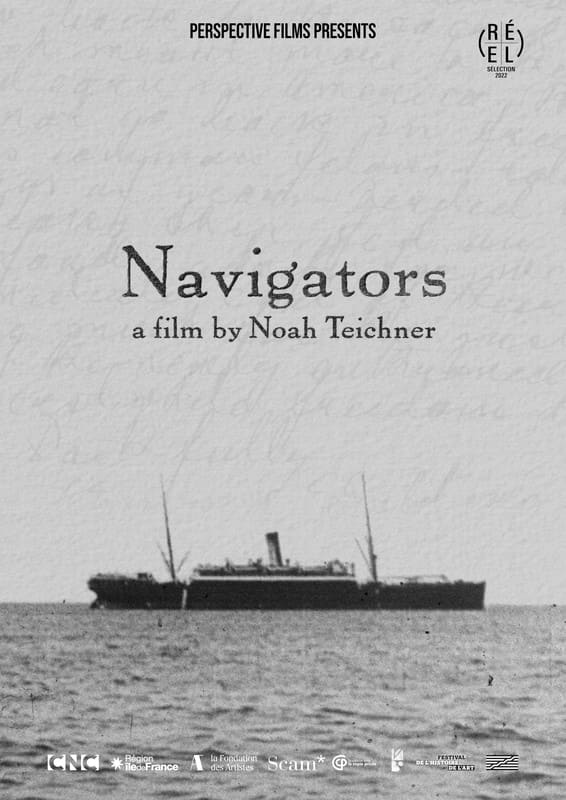
December 1919. The American government deports 249 anarchists and radicals on the “Soviet Ark”. Five years later, this same ship becomes the set of Buster Keaton’s slapstick comedy “The Navigator”.
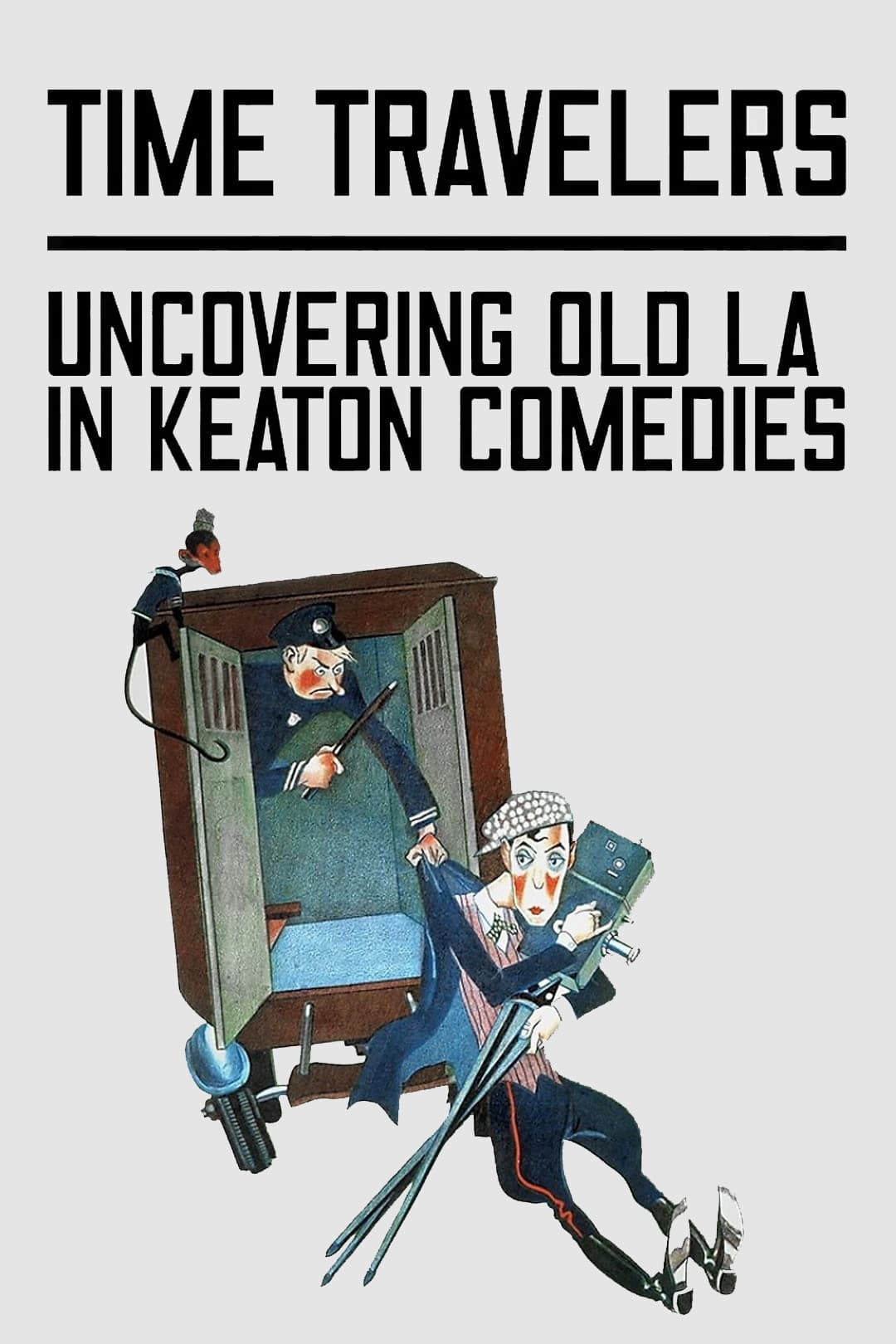
Time Travelers, a new documentary by Daniel Raim featuring interviews with John Bengtson and film historian Marc Wanamaker, reveals newly discovered connections between Buster Keaton’s MGM debut and the earliest films of his career.
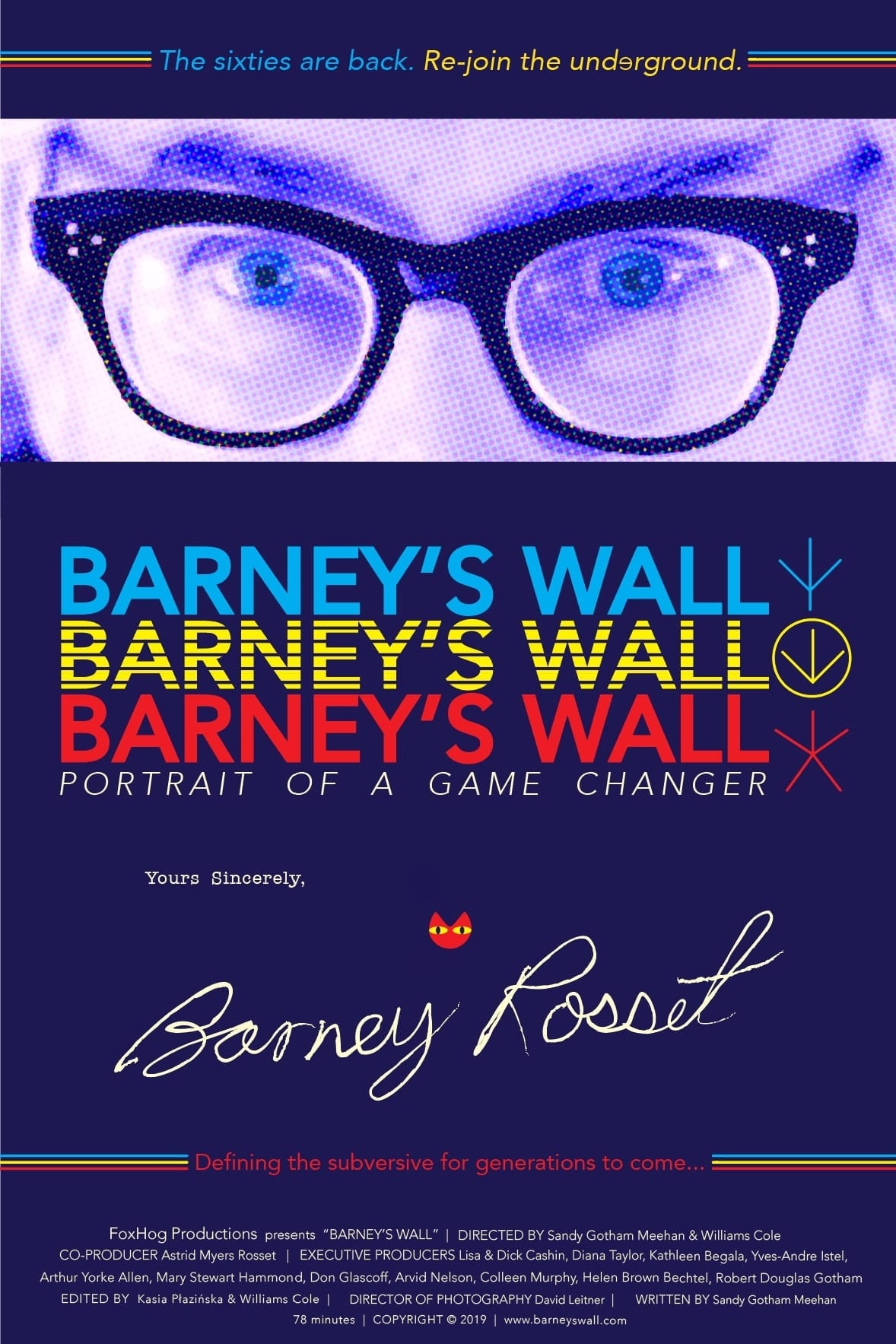
What makes a rebel? This 78 minute documentary probes the psyche of bad-boy publisher and free speech warrior Barney Rosset, whose mid-century legal and cultural battles smashed sexual and political taboos in the United States — unleashing the counter-culture of the 1960s and introducing millions of young intellectuals to the most radical currents in literature, film, theater and politics. In his late eighties, coming to terms with his life, Barney Rosset began to obsessively sculpt an autobiographical 15′ x 22′ surreal wall mural, embedded with jewel-like vignettes crafted out of found objects, each a clue to the conflicts and obsessions that drove Barney’s lifetime rebellion against authority. A cast of artists, a neurologist, and a shaman connect the clues and piece together Barney’s life.
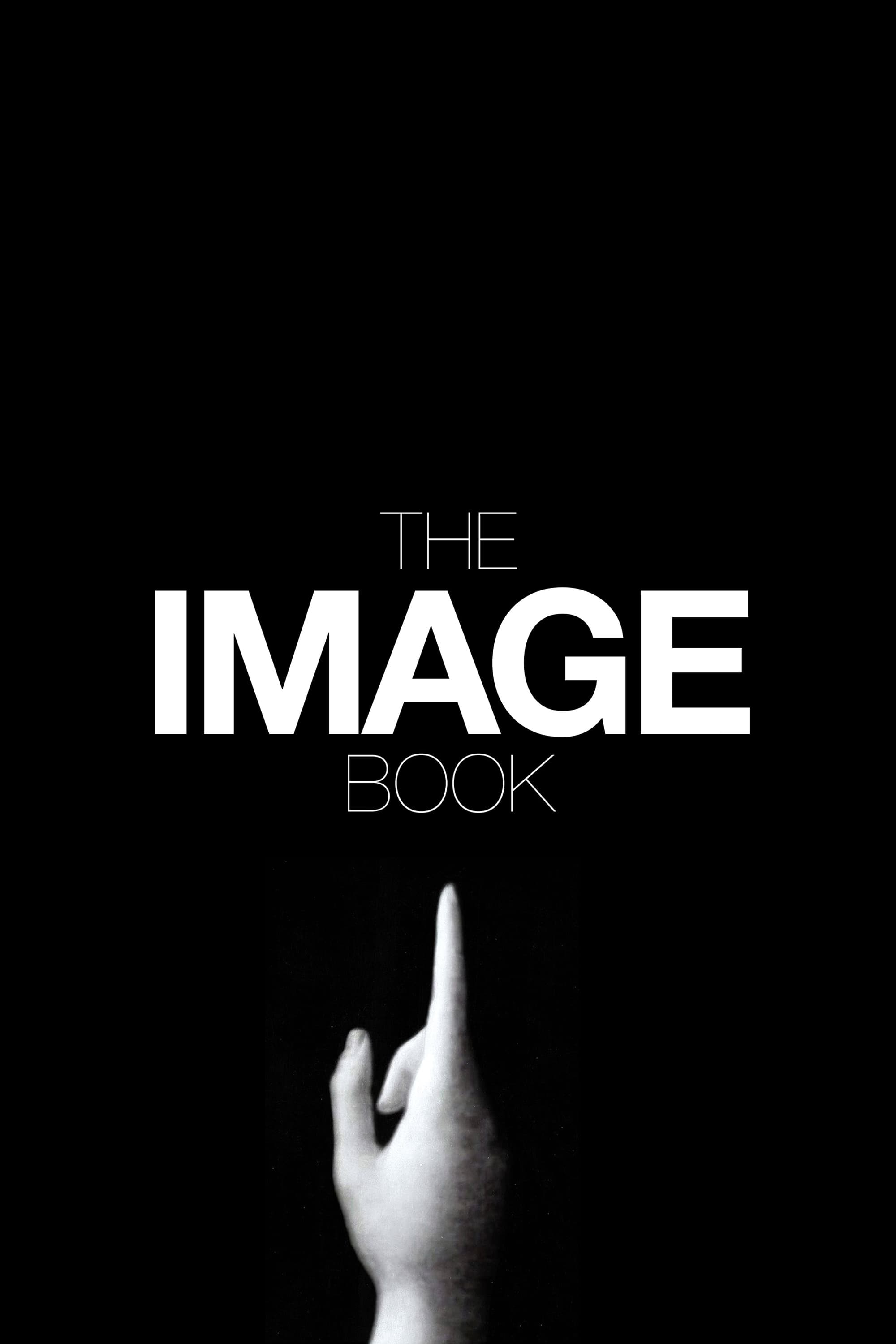
In Le Livre d’Image, Jean-Luc Godard recycles existing images (films, documentaries, paintings, television archives, etc.), quotes excerpts from books, uses fragments of music. The driving force is poetic rhyme, the association or opposition of ideas, the aesthetic spark through editing, the keystone. The author performs the work of a sculptor. The hand, for this, is essential. He praises it at the start. “There are the five fingers. The five senses. The five parts of the world (…). The true condition of man is to think with his hands. Jean-Luc Godard composes a dazzling syncopation of sequences, the surge of which evokes the violence of the flows of our contemporary screens, taken to a level of incandescence rarely achieved. Crowned at Cannes, the last Godard is a shock film, with twilight beauty.
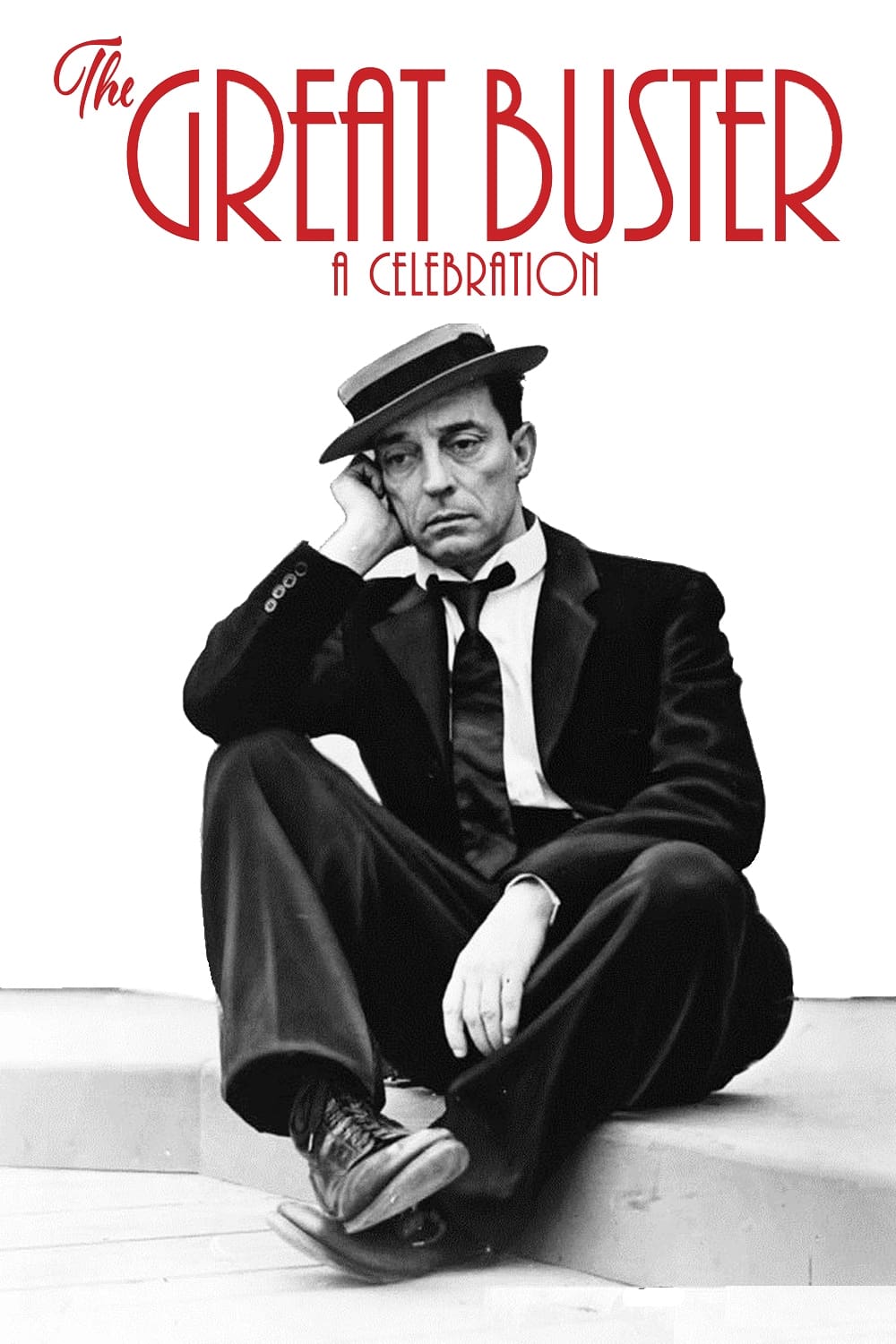
A celebration of the life and career of one of America's most influential and celebrated filmmakers and comedians—Buster Keaton—whose singular style and fertile output during the silent era created his legacy as a true cinematic visionary.

In 1926, Buster Keaton was at the peak of his glory and wealth. By 1933, he had reached rock bottom. How, in the space of a few years, did this uncontested genius of silent films, go from the status of being a widely-worshipped star to an alcoholic and solitary fallen idol? With a spotlight on the 7 years during which his life changed, using extracts of Keaton’s films as magnifying mirrors, the documentary recounts the dramatic life of this creative genius and the Hollywood studios.

Charlie Chaplin and Buster Keaton were two incredibly talented artists who enjoyed enormous worldwide success at a very young age. The two giants of the golden age of silent cinema were perceived to be constantly competing with each other for the crown of the king of laughter.
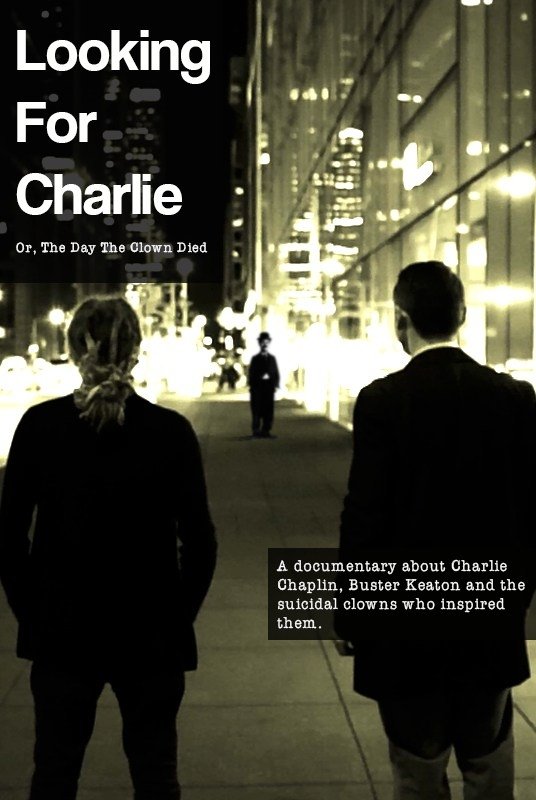
A documentary which explores the lives and tragic deaths of Marceline Orbes and Francis "Slivers" Oakley, the suicidal clowns who inspired Charlie Chaplin and Buster Keaton.
Joseph Frank "Buster" Keaton (October 4, 1895 – February 1, 1966) was an American comic actor, filmmaker, producer and writer. He was best known for his silent films, in which his trademark was physical comedy with a consistently stoic, deadpan expression, earning him the nickname The Great Stone Face. He was recognized as the seventh-greatest director of all time by Entertainment Weekly. In 1999, the American Film Institute ranked Keaton the 21st-greatest male star of all time.
By browsing this website, you accept our cookies policy.